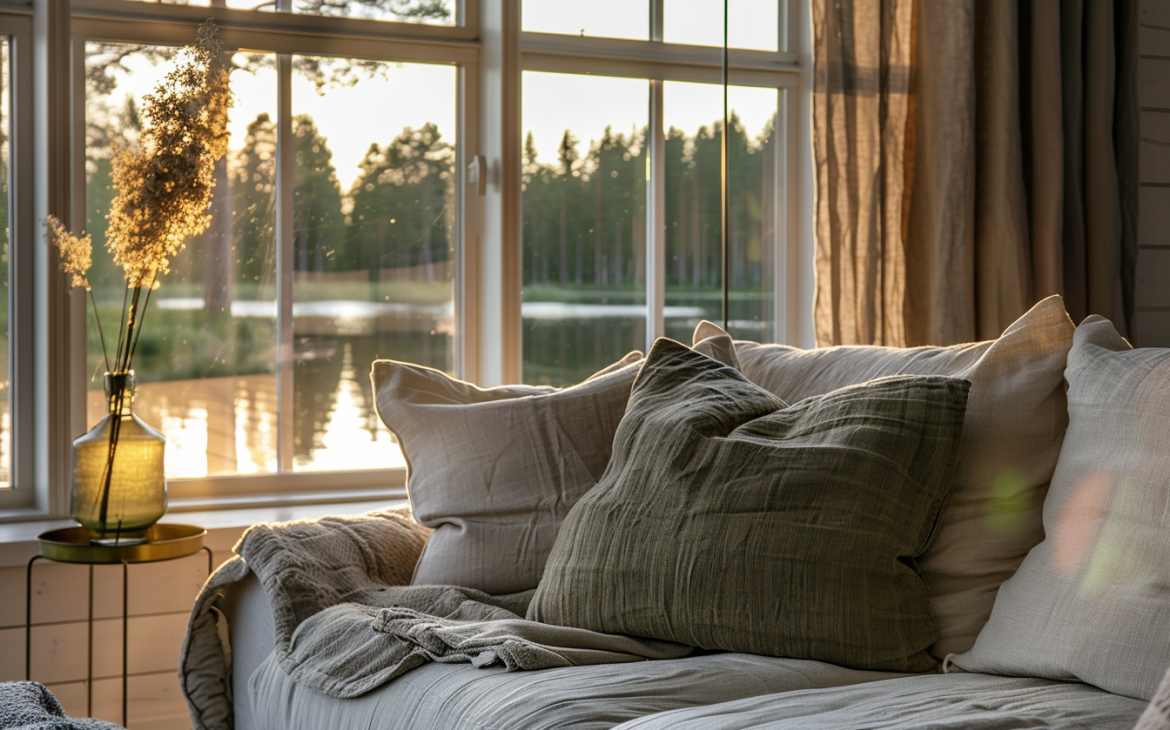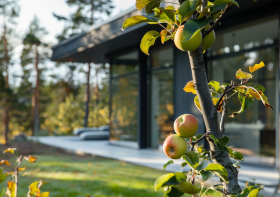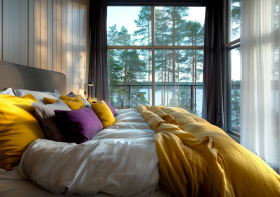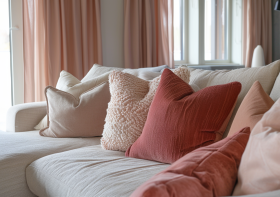How to Keep a Room Cool Without Air Conditioning
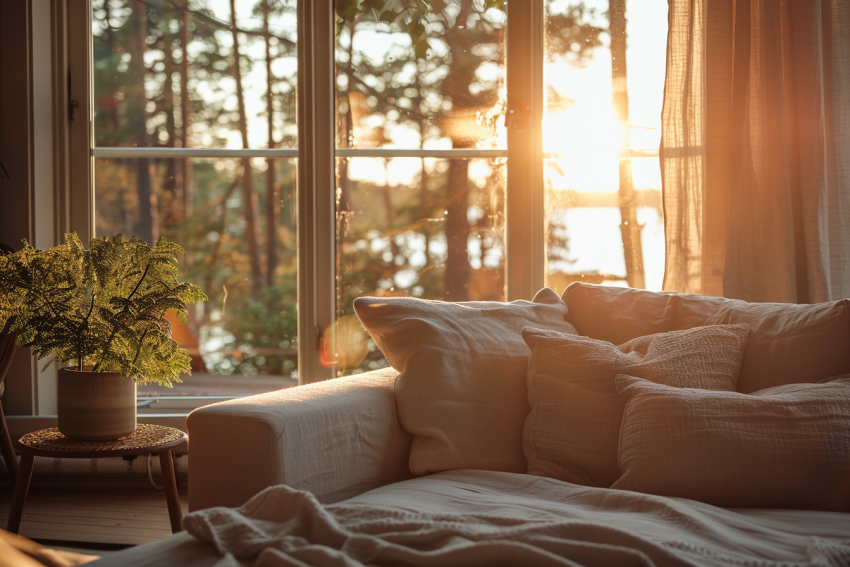
Navigating the summer heat without air conditioning can be a challenge, but there are various ingenious methods to maintain a cooler indoor environment despite soaring temperatures outside.
While air conditioning is a common solution for rapidly cooling spaces, not all homes are equipped with such systems. Window AC units are a workaround but can detract from a home’s aesthetic and aren’t the most energy-efficient option. Fortunately, several alternatives can help keep a room comfortably cool without relying on air conditioning.
Effective Strategies to Cool Down a Room Without AC
1. Window Treatments: Direct sunlight can significantly increase indoor temperatures. To combat this, use external awnings or shutters and keep indoor blinds or curtains shut during peak sunlight hours. Options like insulated curtains or window tinting can prevent heat from entering, offering both energy efficiency and effective sun blocking.
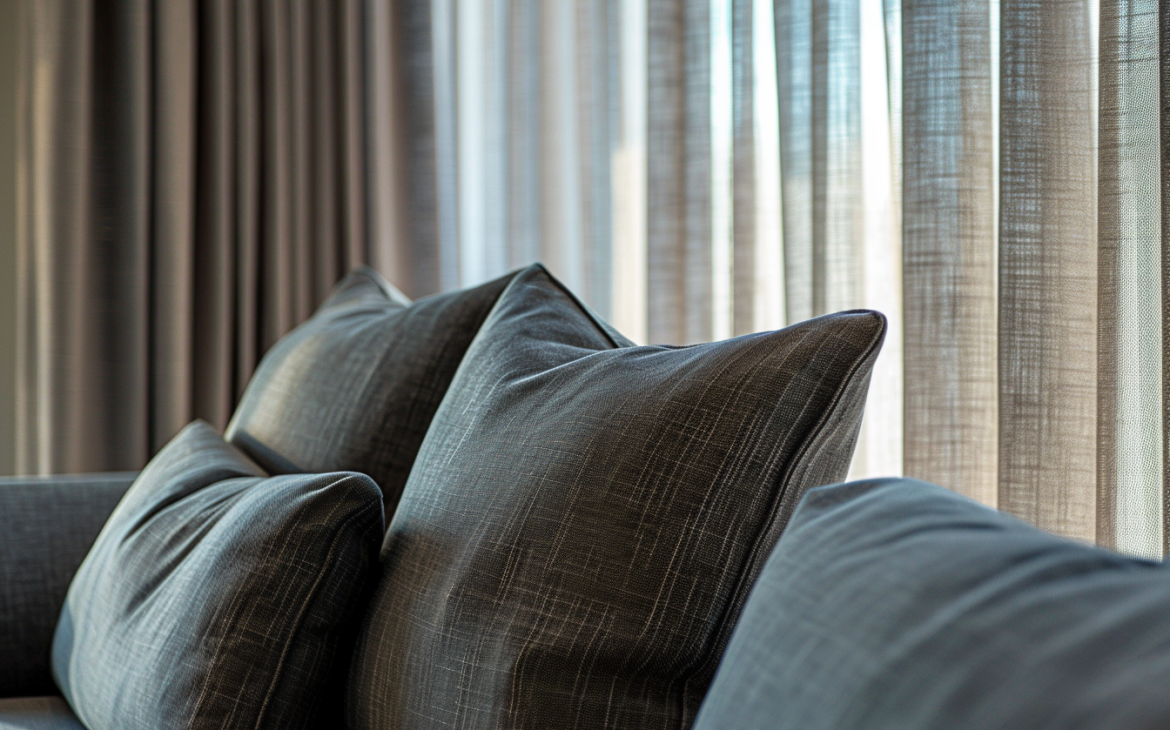
2. Maximize Fan Usage: Fans can be strategically used to enhance indoor cooling. Position oscillating fans opposite open windows to create a cross-breeze. Placing a bowl of ice in front of a fan can also generate a refreshingly cool breeze. For optimal effect, set ceiling fans to rotate counterclockwise to draw hot air upward and out.
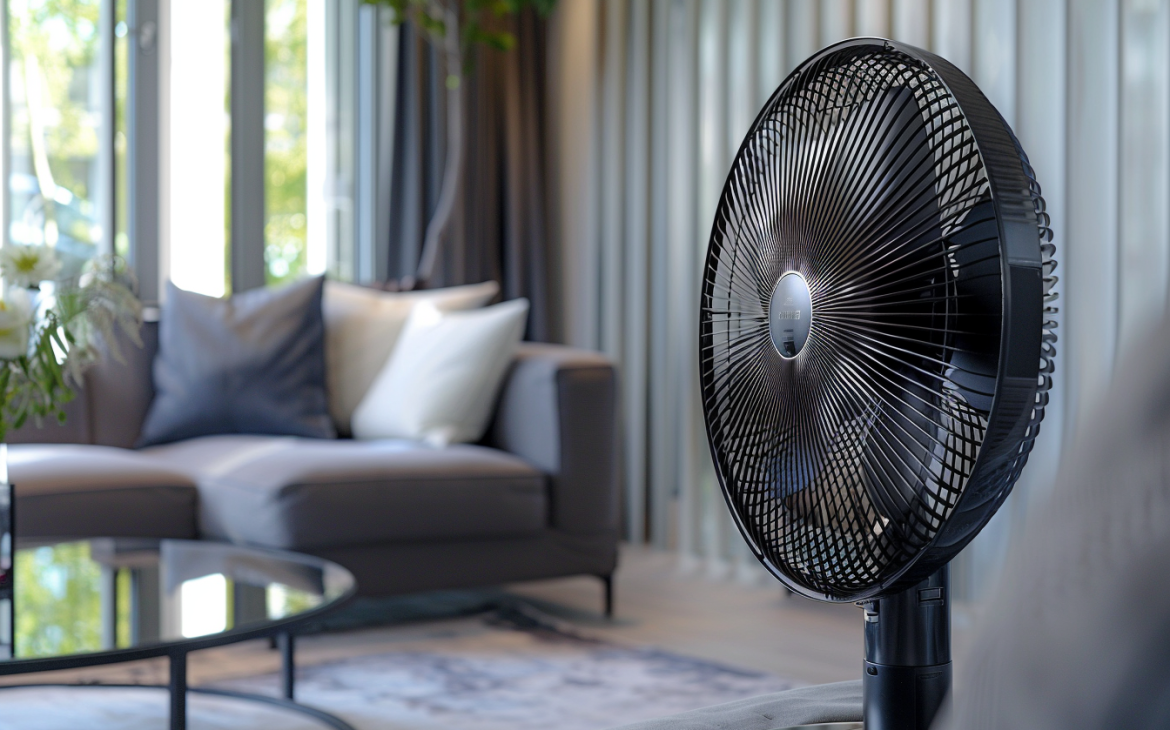
3. Utilize Exhaust Fans: Exhaust fans in bathrooms and kitchens are excellent for removing excess heat and humidity from your home. Operate these fans more frequently during summer to help extract hot air from indoor spaces.
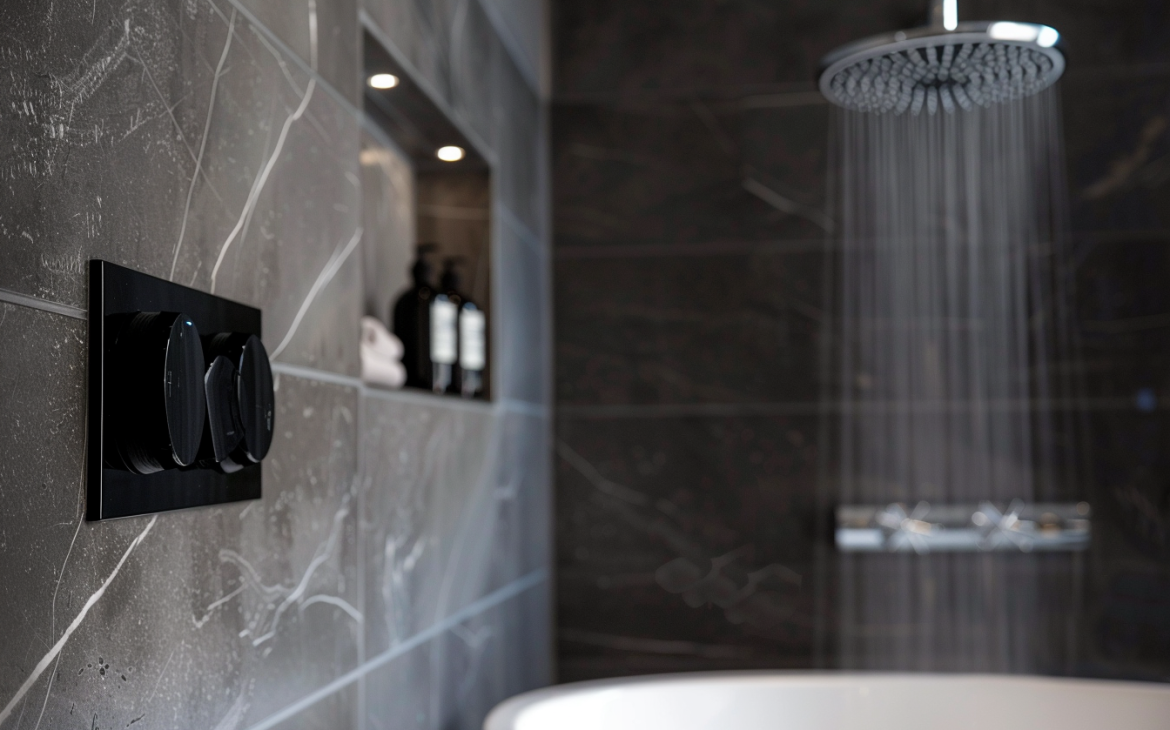
4. Reduce Lighting: Incandescent bulbs generate more heat than light. Switching to LED bulbs not only reduces heat emission but also lowers energy costs. Remember to turn off unnecessary lights to minimize indoor heat.
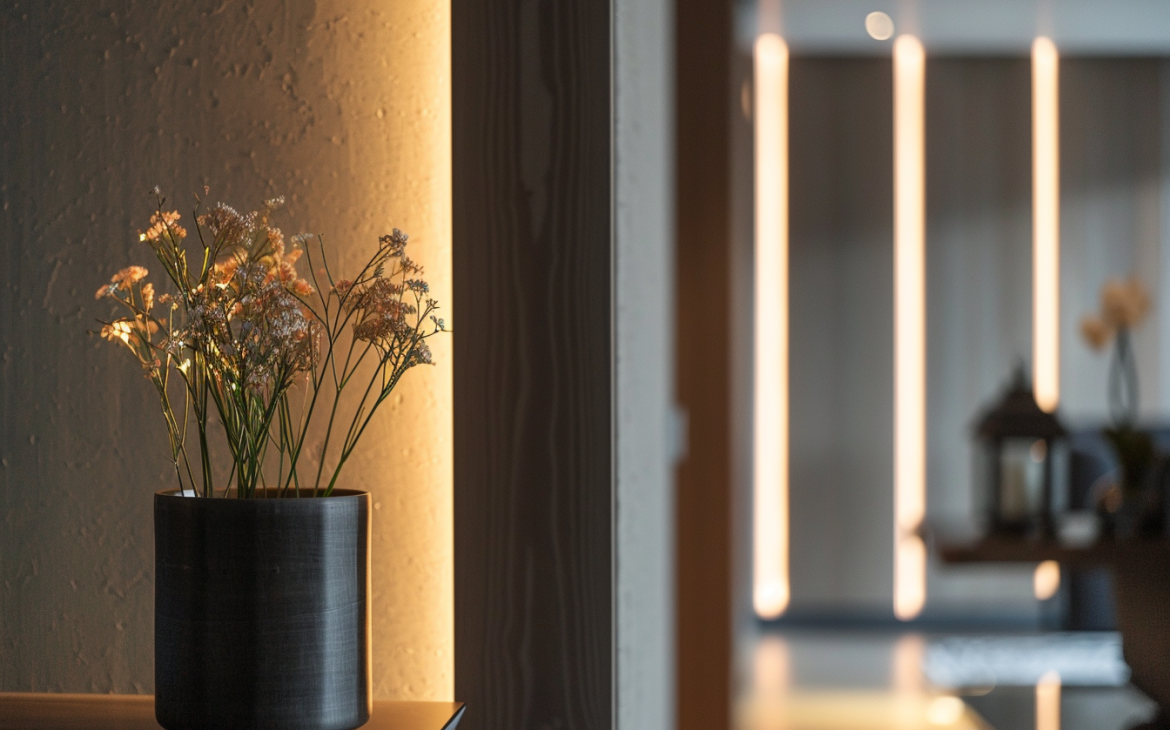
5. Avoid Heat-Generating Appliances: Limit the use of heat-producing appliances like ovens and dryers during the hottest parts of the day. Opt for outdoor grilling or prepare meals that don’t require cooking. Air-drying clothes instead of using a dryer can also keep excess heat outside.
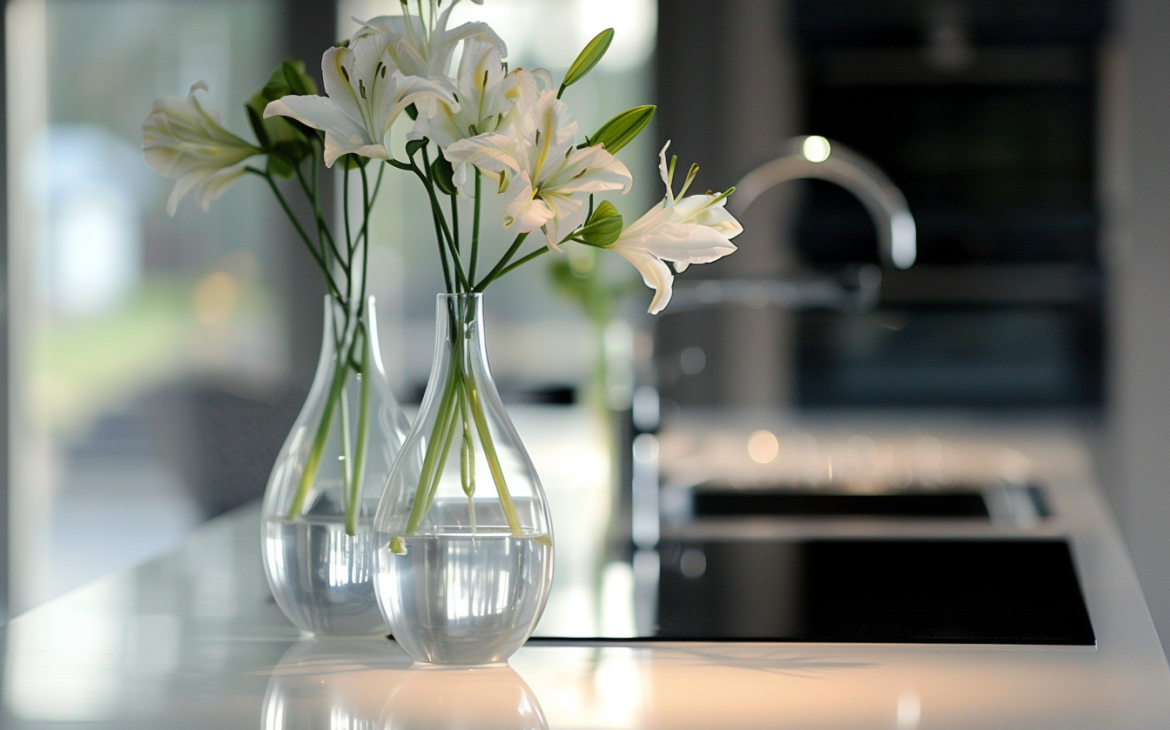
6. Nighttime Ventilation: Take advantage of cooler night temperatures by opening windows after sunset. Ensure windows have screens to keep insects out while allowing the cool air in. Close the windows and curtains as dawn breaks to keep the cool air in and the hot sun out.

7. Adjust Your Bedding: To minimize heat retention in your bed, consider cooling pillows or mattresses, or moisture-wicking bedding materials like cotton or linen, which help regulate body heat. Sleeping on slightly damp sheets can also provide cooling through evaporation.
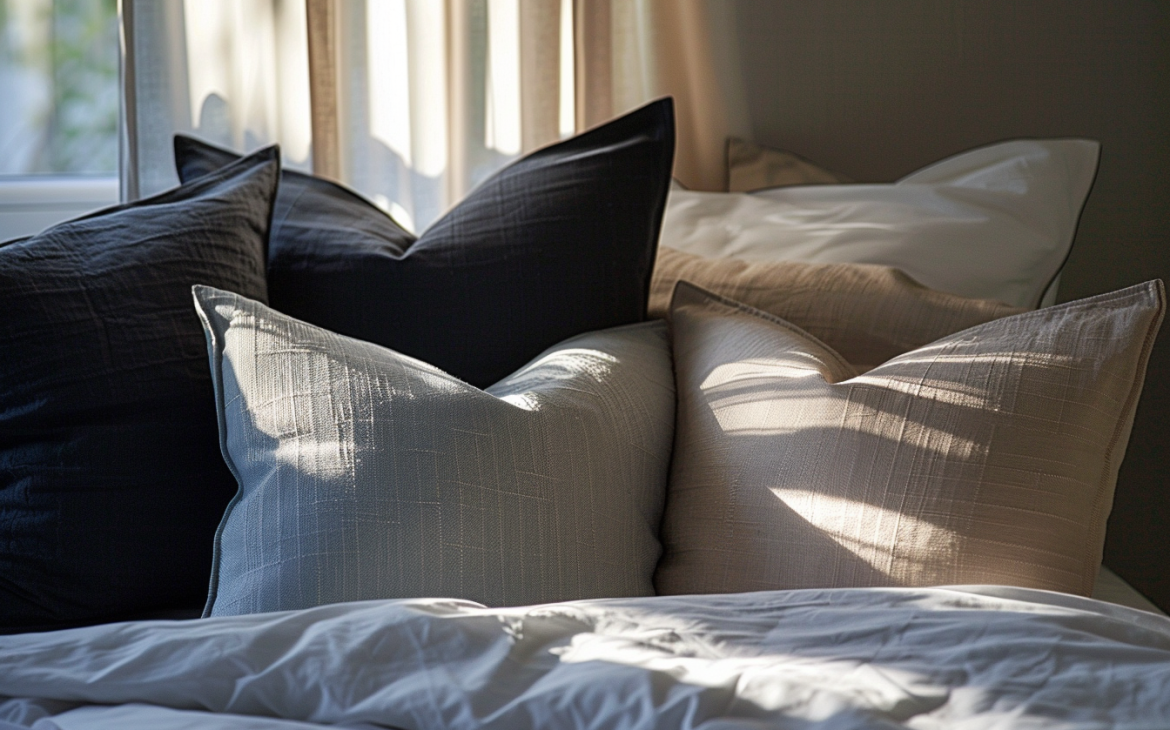
8. Sleep Lower: Since heat rises, the coolest air in your home will be at the lowest point. If possible, sleep on the ground floor or even place your mattress directly on the floor to stay cooler.
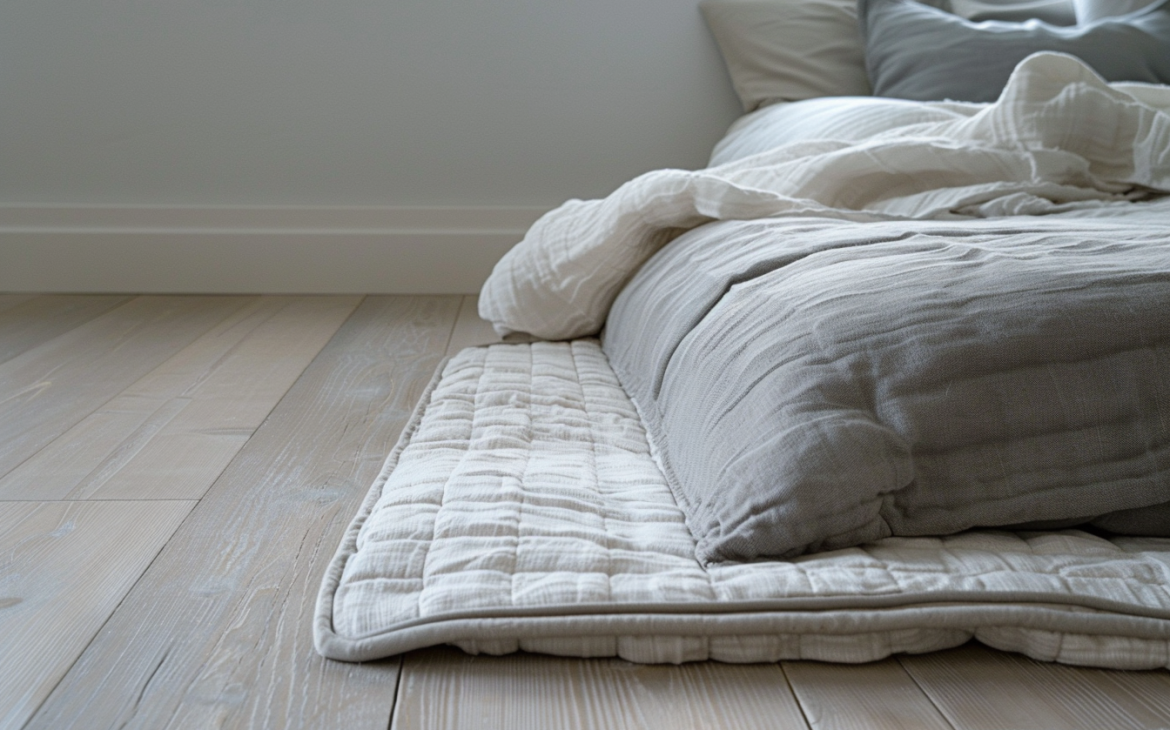
9. Personal Cooling: Focus on lowering your body temperature by applying ice packs to pulse points, staying hydrated with cool beverages, and wearing loose, breathable clothing.
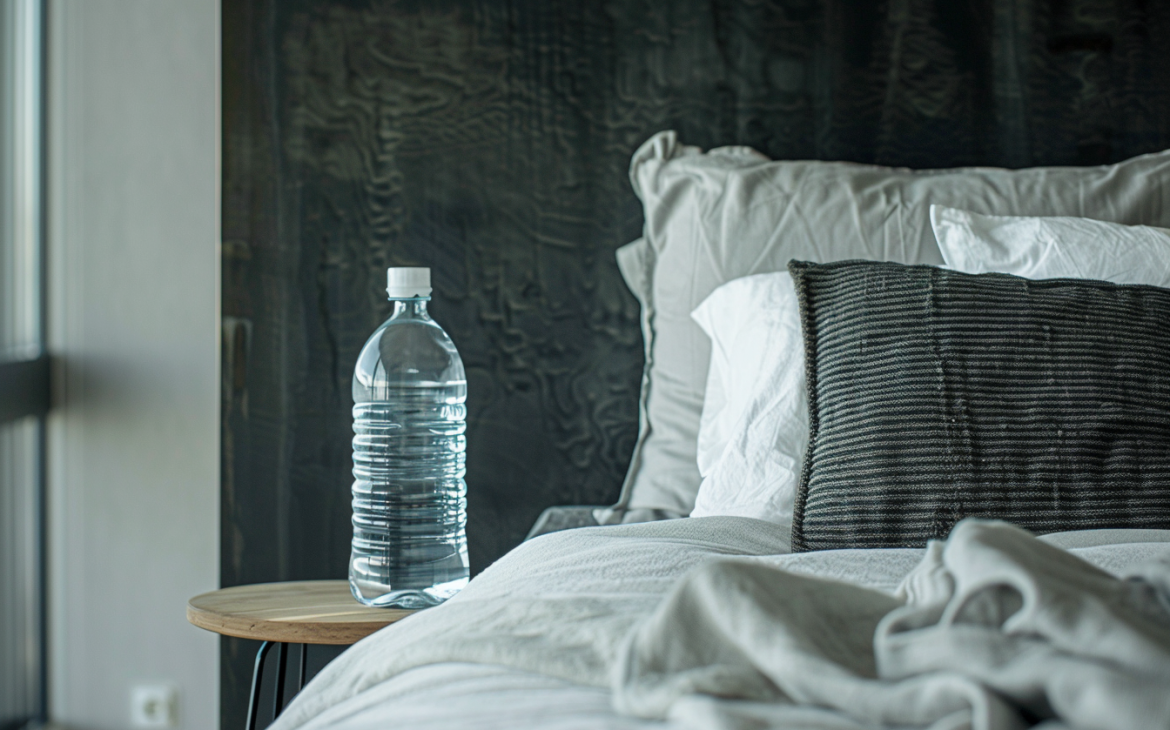
By implementing these tips, you can enjoy a cooler living environment throughout the summer without the need for air conditioning, making your home both comfortable and energy-efficient.
To deepen your understanding of crafting unique and personalized spaces, consider acquiring my book, Basics of interior design, available on Amazon. This guide offers a comprehensive exploration of various design principles tailored to distinct environments, providing you with the knowledge and inspiration needed to transform any space.
